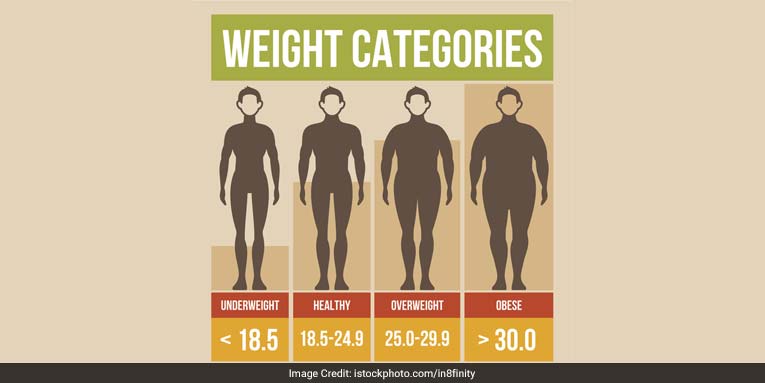Why Having The Perfect Body-Mass-Index May Not Really Mean Optimal Health

Highlights
- BMI essentially calculates a person’s height to weight ratio
- BMI gained popularity in the 1970s as the world witnessed a rise in obesity
- ‘Waist-to-Hip ratio’ calculation is a better way to measure body fat
New Delhi: BMI or the Body Mass Index is a simple calculation of a person’s height to weight ratio, which helps determine how much fat a body has. The result of the calculation is then compared to the universal standard chart and classified under as either underweight, normal, overweight or obese. Calculating BMI gained popularity in the 1970s as the world witnessed a rise in obesity cases. BMI helps an individual get healthy, as he can aim to reach his ideal weight as mandated by his height.

Having a higher than normal BMI makes us prone to health problems like hypertension, high cholesterol, heart related problems, type 2 diabetes, sleep apnea, stroke and even some forms of cancer.
However, while it is important to control BMI through regular exercises and diet interventions, there are some inherent problems with how we calculate BMI.
Also Read: Are You A Binge-Eater? Here Is A Meal Plan To Shed Those Extra Kilos
Dance and fitness expert, Charu Shankar explains why BMI should not be the only indicator of one’s body fat and its associated health problems.
Inherent Problems with BMI calculation
As mentioned above, BMI essentially calculates a person’s height to weight ratio. The problems with this approach are –
- BMI is calculated taking into account body weight, without differentiating the weight of fatty adipose tissue as opposed to weight of fat free masses like muscles, bone, cartilage, water weight, etc.
- Professional athletes have dense muscle mass which may increase their BMI value. This means that some of them may be categorized as ‘obese’, despite having very low fat stores.
- Older people have lower bone density which may lead to them being categorized as ‘underweight’. This may mean even a person with high fat reserves may be categorized as ‘underweight’ and not be fully informed of the health risks he is susceptible to because of that fat.
- While exercising, body fat increases with an increase in muscle mass, showing very little variation on weighing scale and the BMI value.
With so many loopholes in assessing one’s health with BMI, experts suggest that a ‘Waist-to-Hip ratio’ calculation is a better way to measure body fat. Often, the weighing scale may miss a change in the size of a body. However, a measuring tape will show the exact change.






Comment